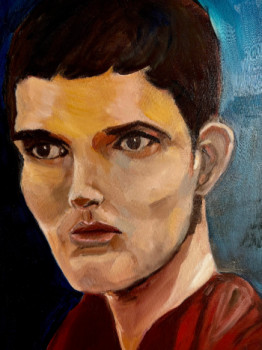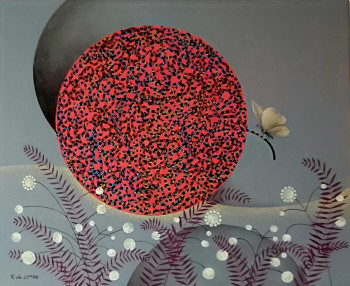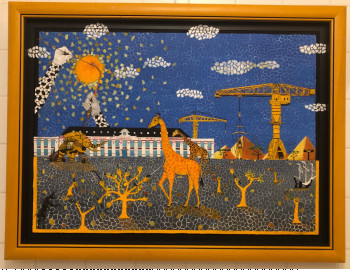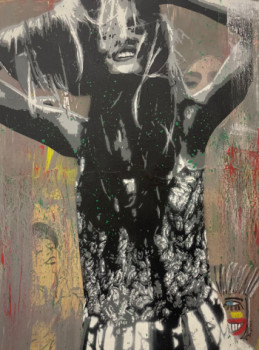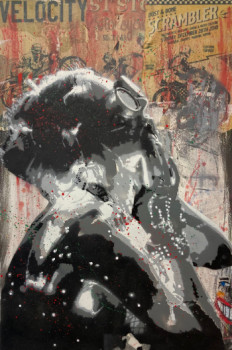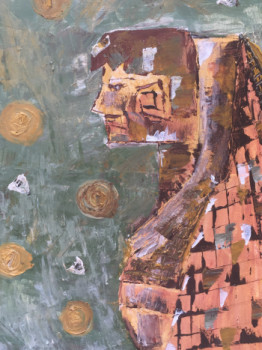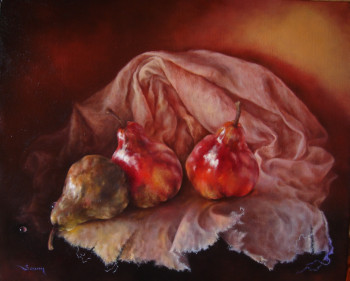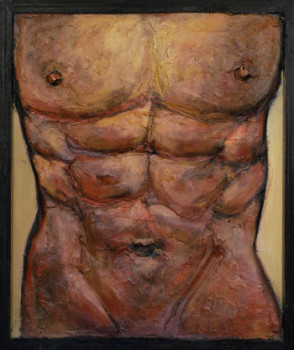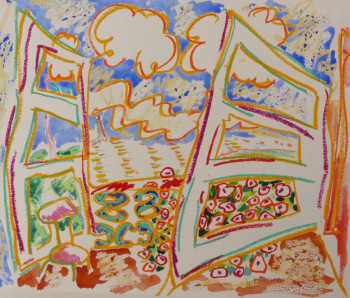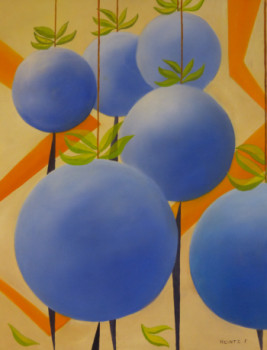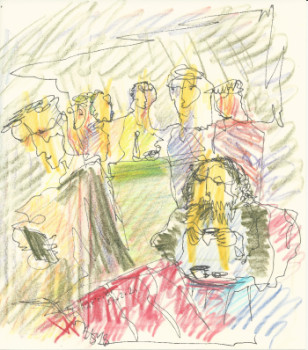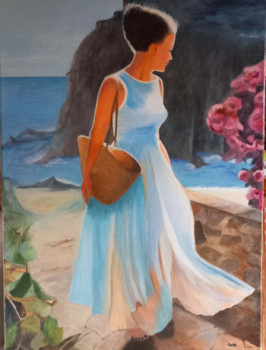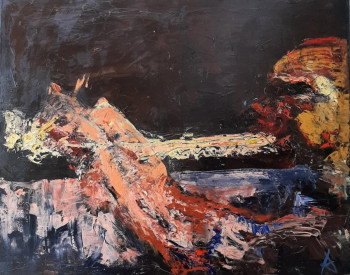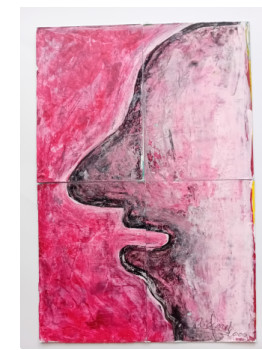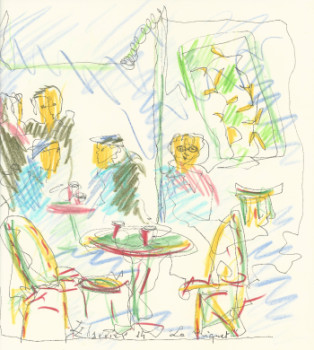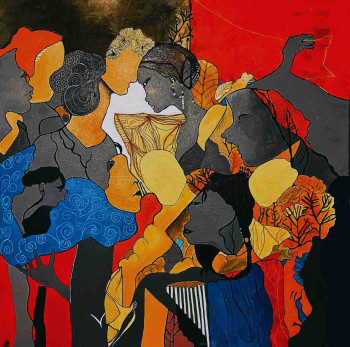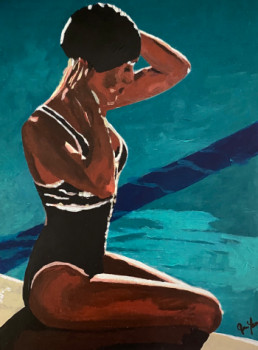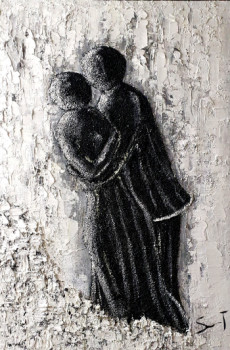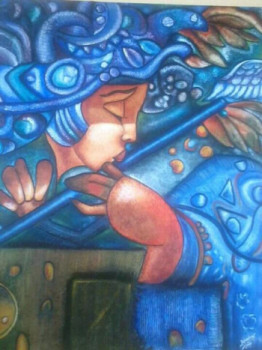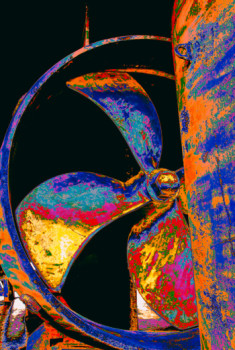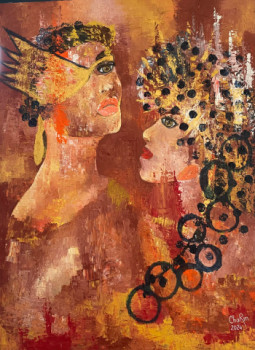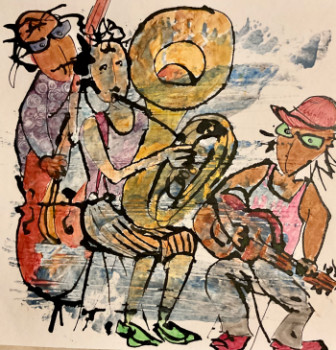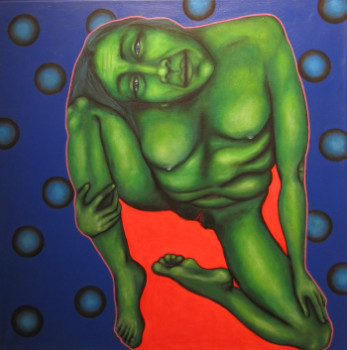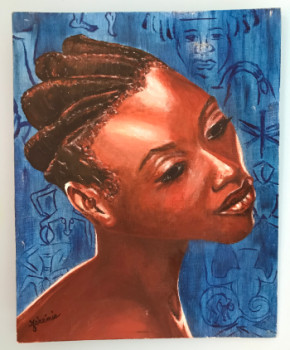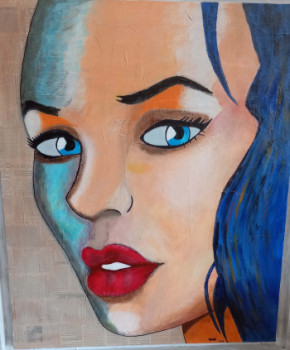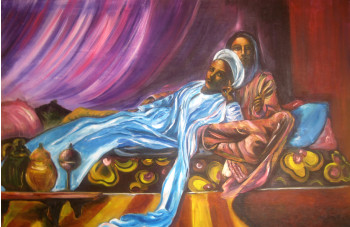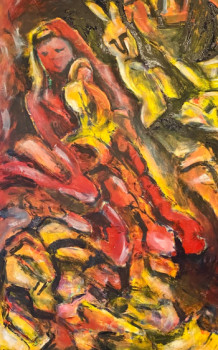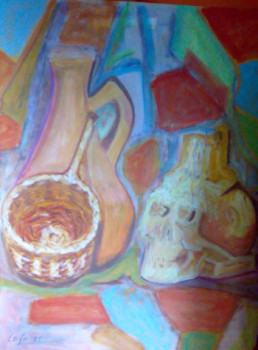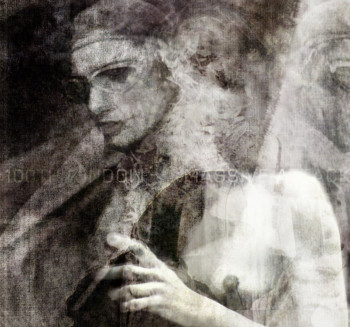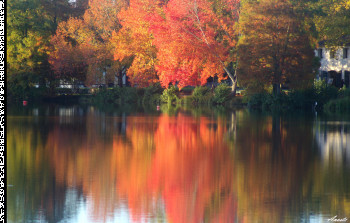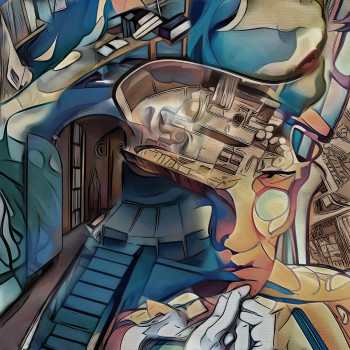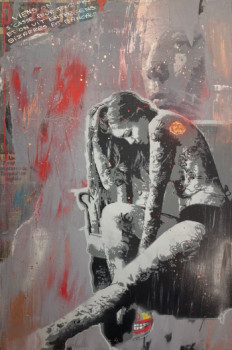
Georges Rouault: a major religious painter of the 20th century
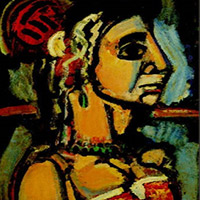
Georges Rouault was born in Paris on May 27, 1871. It is in this same city that he died on February 13, 1958. He is a contemporary artist , recognized for his numerous artistic works as an engraver, but especially as a religious painter.
Son of a Breton cabinetmaker, he quickly discovered art thanks to his work. the influence of his maternal grandfather. From 1886, he learned painting of stained glass windows thanks to his work. this to his master Emile Hirsch. At the same time, he decided to expand his artistic palette by taking evening classes at the university. at the National School of Decorative Arts in Paris.
Subsequently, Hirsch decides to keep him as an employee. until 1890. 1 year later, he was accepted to the beaux-arts de Paris and he continued his rise in the studio of Gustave Moreau. In this context, he can rub shoulders with influential personalities like Henri Matisse, Henri Manguin, Pierre Marcel Béronneau and Albert Huyot.
In 1898, he became curator of the Gustave Moreau Museum in Paris. Paris and this from its inauguration. But it's a difficult time, because his family flies to Algeria and his health suffers. fragile forces him to make several return trips to Haute-Savoie.
Rouault begins painting landscapes and religious scenes
Thanks to; his artistic journey, Rouault masters the mixed techniques and he perfectly masters assemblage. He also rubbed shoulders with many personalities who will have a direct influence on these paintings. painter artists, but also writers like Léon Bloy.
Before the First World War broke out, Georges Rouault devoted himself to crime. various subjects generally corresponding to a critical observation of society. For example the class struggle, but also on lawyers and judges. Very quickly, he became interested in poverty and immigrants. It is in a way a search for truth, but a way to express a cry of revolt using colors and shapes.
In 1908, he married Marthe Le Sidaner, the sister of the famous painter Henri Eugè ne Le Sidaner.
At the start of the war, Georges Rouault decided to radically change his style of painting by painting a portrait of the deserted suburbs, but always with a religious connotation. Indeed, he paints Christ regularly. For him, religion occupies a preponderant place and this is why he integrates Catholicism into his works.
It describes a unique humanity. suffering using the face of Jesus. Once again, it is a perpetual quest that he seeks and a form of Passion. You can also find this feeling in his famous painting: « Christ mocked by the soldiers ».
From 1917 to; 1927, Rouault discovered a new passion, engraving . These favorite subjects are undoubtedly motherhood. and Christ figures. In each of his works, we feel his passion and vigor.
A reputation which crosses the Atlantic
Dealers and collectors recognize the work of Georges Rouault started in the 1930s. His notoriety began in the 1930s. growing allows him to have an exhibition in the museum of Modern Art in New York.
When he died in 1958, the contemporary artist had the right to his work. official funerals. It is a form of recognition for his long career in the service of art.
However, the artist's popularity has continued to rise. to climb and today, he is a painter recognized beyond the world. borders, whether on the American continent or on the Asian continent.
The meeting with Ambroise Vollard
Ambroise Vollard is a collector and art dealer. He met him in 1917 and the latter decided to buy 770 works from him. However, Following the death of Vollard, he entered into a lawsuit with his heirs. Rouault wishes to recover the entirety of the of his works and the legal decision will go his way. For the artist, this is a real relief, because he did not want his works to be dispersed.
But Georges Rouault was also a tormented person and in 1948 he decided to burn 315 of his these tables by requesting the presence of a bailiff. For him, the works he had produced were not up to par. the height of the symbolist Gustave Moreau. Indeed, the latter was a true guide throughout his career
How to describe and recognize the style of Georges Rouault?
This French artist is inseparable from the Fauvism movement. Throughout his life, he was able to rub shoulders with major artists and they had a considerable influence on his evolution. This is particularly the case of André Derain, but also Henri Matisse. Thus, he quickly uses intense and rich colors to describe landscapes, portraits and still lifes with great finesse.
Incontestably,Rouault is a painter and a engraver within the expressionist movement. Another characteristic of this painting is the fact that the artist systematically underlines the subjects he uses using fairly thick black brushstrokes. .
Rouault was also a person very anchored in religion with a religious side. moralizing. He shows no compassion for any individual who degrades society. and he always condemned certain social categories such as performers, clowns or prostitutes.
Even though he died in 1958, he stopped painting until later. from 1957. His immense talent extends beyond the borders of the old continent and he remains highly appreciated throughout the world. in Korea and Japan. For many people, he is simply one of the most influential religious painter s of the 20th century.
In 1963, the entirety of the of his works was bequeathed to the French state, according to the will of the French state of the family.
His last known workshop at proximity from Gare de Lyon to Paris has been preserved by his family. Another particularity, the workshop has not undergone any transformation in order to keep it in the same state as when the artist worked there.
Découvrez quelques oeuvres inspirées de Rouault
